Written by Steve Kukoda, International Copper Association.
When you think of copper what do you see?
For many people, the full story starts and ends at the mine. Copper, however, is closely linked to global sustainable development – perhaps more so than any other metal or material.
Producing one tonne of copper on average emits 3.5 tonnes of CO2. Seventy percent of copper goes into electrical applications. Because of copper’s amazing efficiency, these products will emit 100 to 7,500 fewer tonnes of CO2, for a mitigation factor between 20- to 1,500-to-one.
The three pillars of the clean energy transition are renewable energy, e-mobility and energy efficiency. The clean energy transition can be measured in kilos of copper. Renewable energy uses 4-to-12 times as much, and EVs use 3-to-4 times as much. To make products more energy efficient, efficient conductors are needed, and copper presents an extremely efficient option
Planning a building requires decisions that will impact the next 50 – 100 years. Choosing an inferior conductor is a choice to be less efficient. The more copper used in a building, the more energy efficient it is. It basically does more with less energy. Efficient buildings have a smaller carbon footprint and provide a healthier environment.
Copper has 128 possible uses in green and healthy buildings contributing to accreditation by LEED, ASHRAE and WELL. Copper’s versatility is a plus for Better Buildings, from structural necessities to aesthetic adornments, including roofing, wiring, plumbing and lighting.
Here are 7 key ways to make buildings more efficient with copper.
1. Electric Vehicles. A 2017 report by the Institute for Electric Innovation estimates 5 million charging stations will be needed to support the 7 million EVs on the road by 2025. Copper has a primary function in both charging stations and EVs because of its superior durability, reliability and conductivity. Copper wiring in EV charging stations ensures the fastest possible charging times.

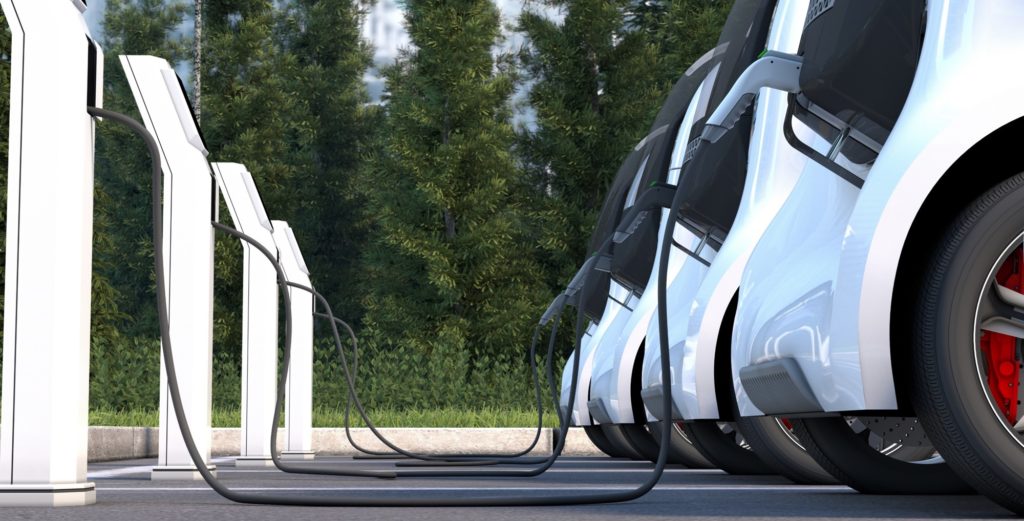
2. Active transportation. The sustainable building community can promote occupant wellness by tangibly encouraging alternative commuting methods. Both LEED and WELL promote showers and changing facilities in new and renovated commercial buildings, and copper in the supporting systems makes them safer and environmentally sound.

3. Reduced water use through metering and consumption management. Eighty percent of all utilities choose copper for water service lines because it is reliable and recyclable and does not allow dangerous contaminants to leach from tube walls—keeping treated water safe.
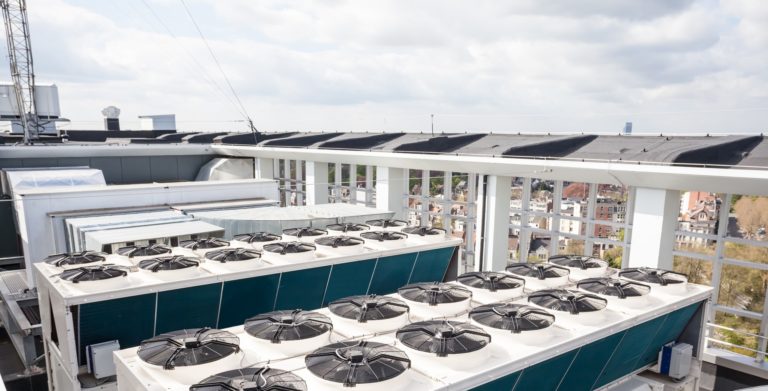
4. Energy efficiency and management. ICA member, Aurubis, and enercity will be using industrial heat extracted during copper smelting to power the Hamburg district of HafenCity East. Using this heat will save 20,000 tonnes of CO2 per year and replace the natural gas currently used.
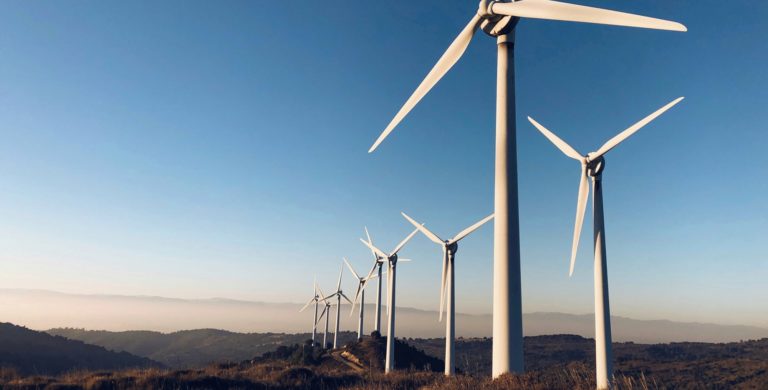
5. Renewable energy. Commercial buildings can harness the benefits of on-site renewable energy and its cost-saving advantages for owners and occupants. Copper is a critical component in solar energy systems due to its unique and inherent properties. It’s also integral to the electrical generators, connections and protective grounding systems of wind energy technologies.
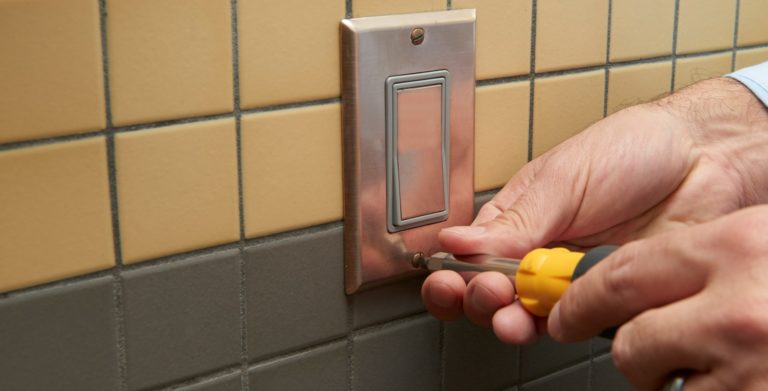
6. Lighting and shading controls. The sustainable building community can provide natural light for wellness and productivity and shading for comfort. ASHRAE promotes office space shading, WELL recognizes both solar glare controls and automated shading controls, and LEED supports individual lighting and glare controls to adjust conditions according to tasks and preferences.
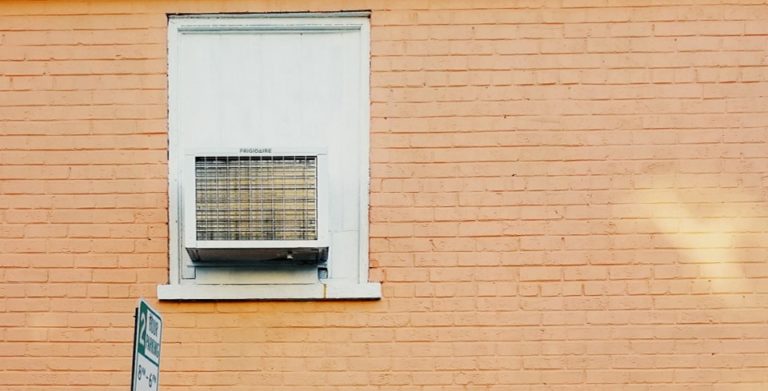
7. Indoor air quality. A study by the Healthy Buildings Program at Harvard concluded that even modest improvements to indoor environmental quality may have a profound impact on the performance of workers. ICA works with governments around the world to help them adopt minimum energy performance standards (MEPS) for air conditioners for public health, reduction of airborne bacteria and mold.
What is required to get here?
- – Investment. Energy efficiency is expected to meet about half of the Paris Agreement—more than renewables or EVs—but investment is only $250B annually. It needs to be 3-to-10 times more. This includes investment in buildings. Half of the buildings in the developing world have yet to be built. These new builds must be done thoughtfully.
- – Sustainable Mining. More demand for metals will mean more mining, even with more recycling. It is vital that resources like copper are produced sustainably. For this reason, ICA developed the Copper Mark, a program for assessing copper mines and refiners based on 31 production criteria so consumers and investors can make informed decisions about the copper they source.
- – Governments need to put policies in place that only allow efficient buildings to be built and efficient appliances to be sold. By using existing technology with the right policies, MEPS and financing, consumers and businesses will consistently make energy-efficient decisions.
Materials like copper have a critical role to play in the built environment and the clean energy transition. ICA recognizes copper’s critical role and is working globally to expand energy efficiency.
